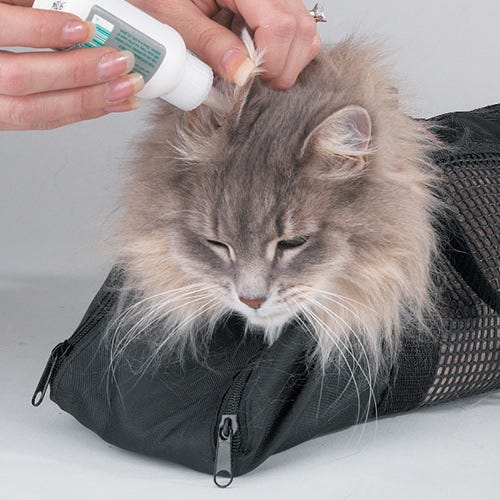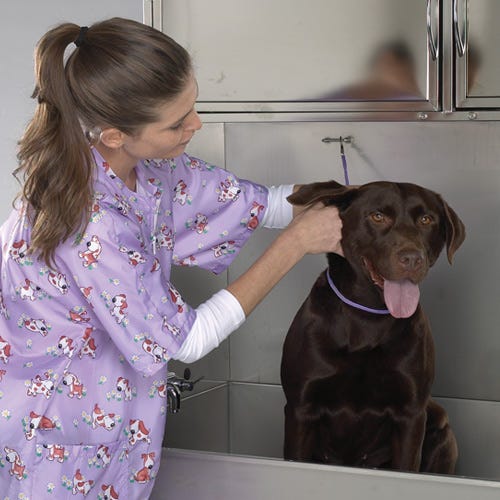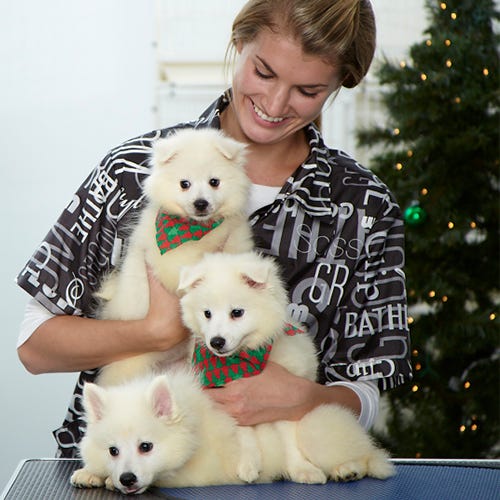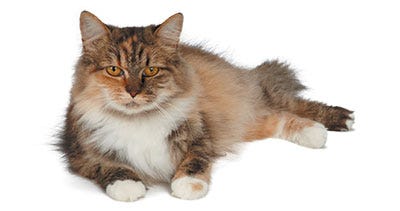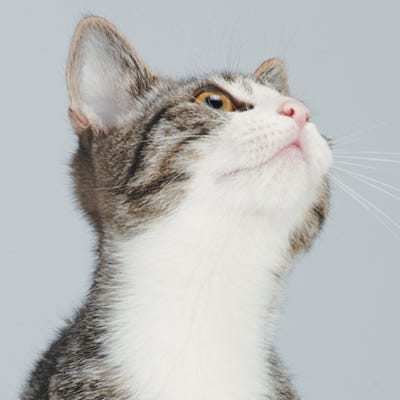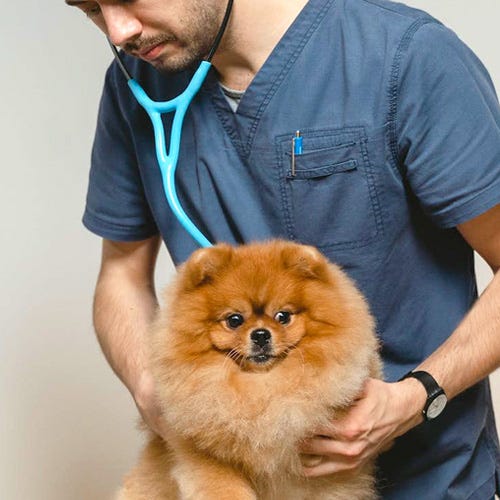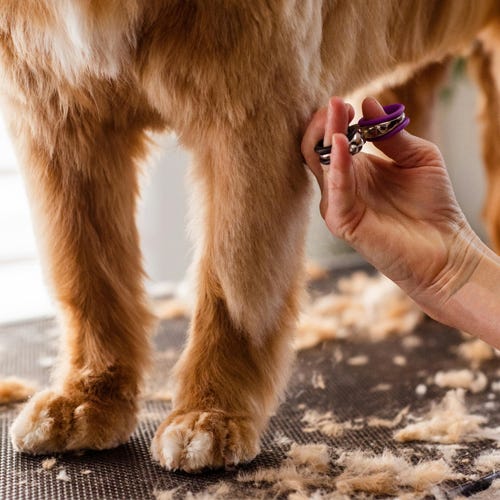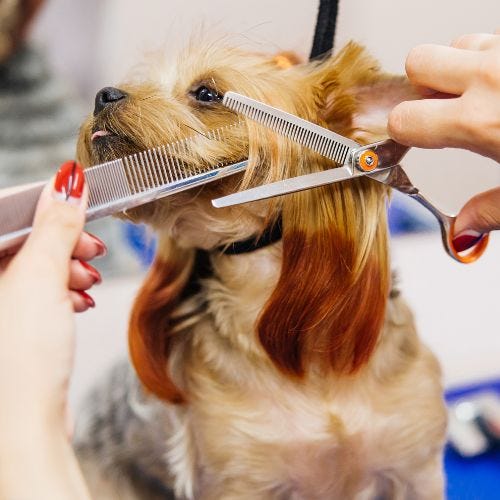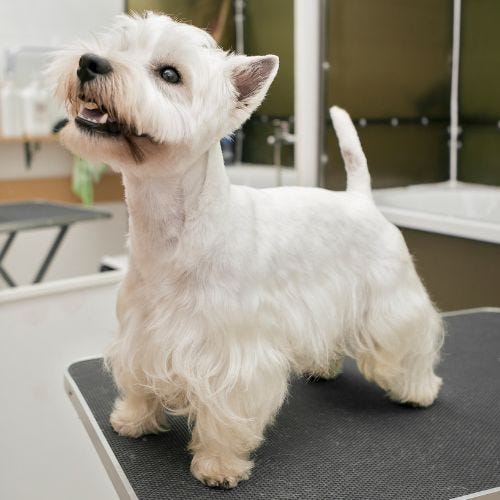Cats and dogs have very different grooming needs. Here are a few helpful cat grooming tips.
Leaving product on the coat - It is not uncommon for dogs to exit a grooming appointment happily sporting some type of product in their fur. It could be a leave-in conditioner, a little detangling spray or mousse, a dusting of chalk, or a spritz of cologne. This works just fine because dogs are not the voracious self-groomers that cats are. Cats will ingest any product left on their fur after grooming as they clean themselves. Ideally, cats will be washed and conditioned with feline-safe products, rinsed well, and sent home from their spa treatment with clean coats free of residual chemicals or hair care products.
Feline Safe Products - While we are on the topic of safe products for cats, serious cat groomers need to familiarize themselves with product ingredient lists and learn what is best to use on cats and what to avoid. For instance, products containing citrus oils have been proven to be potentially dangerous when used on cats, but there are products on the market that contain these oils labeled cat-safe by the manufacturer. There are many other potentially problematic ingredients in products labeled as cat-safe, so groomers must educate themselves to feel confident that they are choosing the best shampoos and conditioners for the cats they care for.
Ear Cleaning - Many ear cleaners designed for dogs contain alcohol as a basic ingredient and may include oils such as peppermint or eucalyptus in their makeup. Because cats will self-groom after having their ears cleaned, they will ingest whatever is in the cleaner, and some of the cleaner may also be absorbed through the skin. Cats are especially sensitive to alcohol, so choosing ear-cleaning products that do not contain any ingredients that may be toxic to cats is important.
Liver Anatomy - All livers are not created equally, which can be a problem in cats. They lack certain enzymes that dogs (and humans) have, affecting how their bodies metabolize some chemicals. This fact is directly linked to the above information about choosing safe products. Some cleaning supplies, some insecticides used in flea and tick products, and some essential oils, among other things, are on the list of items that may not be safe when used on or around cats because their livers lack these enzymes and cause the cats to be more sensitive to the chemicals. When in doubt, research to discover if the ingredients are safe for feline use.
Restraint Methods - It is common practice to secure dogs into the tub or on the table with a grooming loop. These seat belts of the grooming world prevent excited or anxious pets from launching themselves off a raised surface, keeping them safe while we work. Because of the solid muscular structure of a dog's neck, the loop is a safe restraint when used with care on normal, healthy dogs. However, a cat's muscular structure differs from a dog's, and their delicate vertebra can be damaged if they pull on a grooming loop. Cats should be restrained with a figure-eight-style harness or one that loops under the front legs. A loop that encircles the throat is not cat-safe.
Familiarizing yourself with a cat's specific grooming needs will ensure that the pets in your care are treated safely and appropriately.


